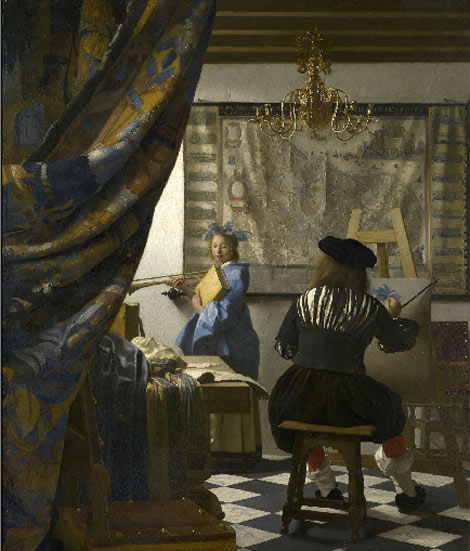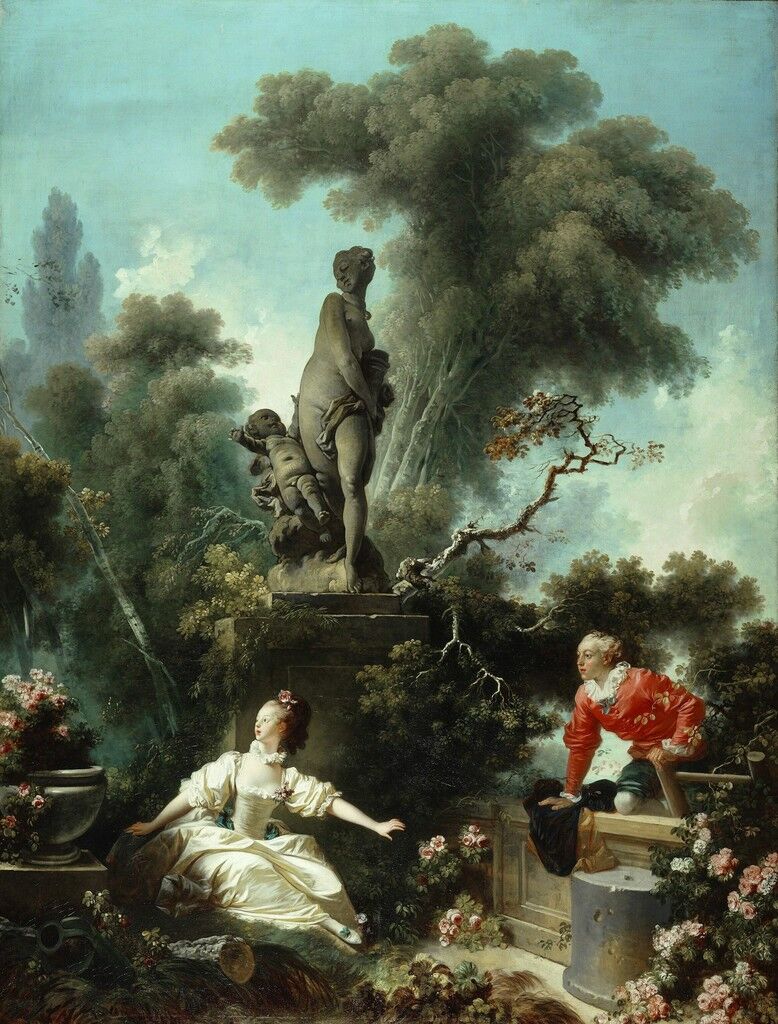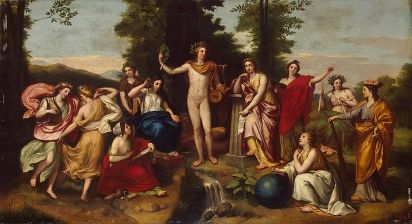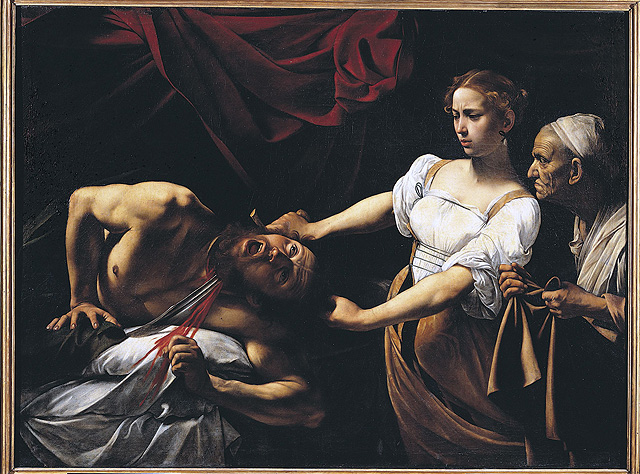PAINTING
TRY TO REPRESENT THIS BAROQUE IMAGES WITH YOUR CLASSMATES USING A LIGHT.
BAROQUE
Baroque movement appeared in absolutist and catholic European countries and lasted from the 17th century until the 18th. It´s main characteristic is the manipulation of the light and shadows (tenebrism), with this technique they created different effects. There were different stiles, and painters used differerent ones always respecting Baroque´s painting characteristics. For example, one of the most important Baroque painters was Caravaggio, whose works are naturalist and other artists like Jan Vermeer who painted in a realist stile. Another characteristic from this period was the grandeur of the religious symbols, the drama and the dynamism, just see the Catholic paintings of Rubens or the incredible portraits of kings and lords of Anthony Van Dyck. There are also some important spanish Baroque artisits like Velázquez, Ribera or Zurbaran. While in the south of Europe artists painted people, in the north it was more usual to find still life paintings, which means that the main theme were dairy life objects like fruit, candles, flowers, etc...

The elevation of the cross (Rubens)

The art of painting (Jan Vermeer)

Basket with fruit (Caravaggio) STILL LIFE PAINTING
ROCOCO
This movement appeared in France and took place between 1730 and 1760. Rococo painting is characterized by elegance, muted colors (like blue, green purple,etc...), floral motifs and curved lines with the paintbrush. They combined the ornamental objects which was the most characteristic thing in this period with the sense of nature that the background gave (often large forests or gardens). The most important painters of this movement were Jean-Honoré Fragonard, who was one of the most exhuberant artist of his decade, Jean-Antoine Watteau or François Boucher whose paintings were mainly of mithologic themes. In Spain there were also some important artists like Francisco de Goya and Luis Paret y Alcázar.

The meeting (Jean-Honoré Fragonard)

Pilgrimage to Cythera (Jean-Antoine Watteau)
NEOCLASSICISM
Movement that took place from 1750 onwards and that originated in Italy thanks to some discoveries from roman civilization. The main characteristic of this style is the main theme used, the greek and roman civilization. In painting, we can divide this period in two parts, the early neclassicim and the later one. The early one was unmistakably influenced by rococo stile in the sense of using the nature and muted colors. The main artists from this first era were Angelica Kauffman, Anton Raphael Mengs, and the best French painter from the 17th century, Nicolas Poussin. The second type of Neoclassicism, and the purest one was based in painting the grandeur of the roman and greek kings or war heroes. The main background is not nature as in rococo, it is more usual to find an enormous room in a roman or greek building with a lot of people behind. The main artists of this second period are Jacques Louis David and Jean-Auguste-Dominique Ingres. Something that attracts a lot of attention are the dramatical poses that people in this paintings put.

Parnassus (Anton Rapahael Meng) Painting from the first neoclassicist period.
Las Sabinas (Jacques Louis David) Painting from the second neoclassicist period.

The vocation of St Matthew (Caravaggio)

Judith and Holofernes (Caravaggio)

